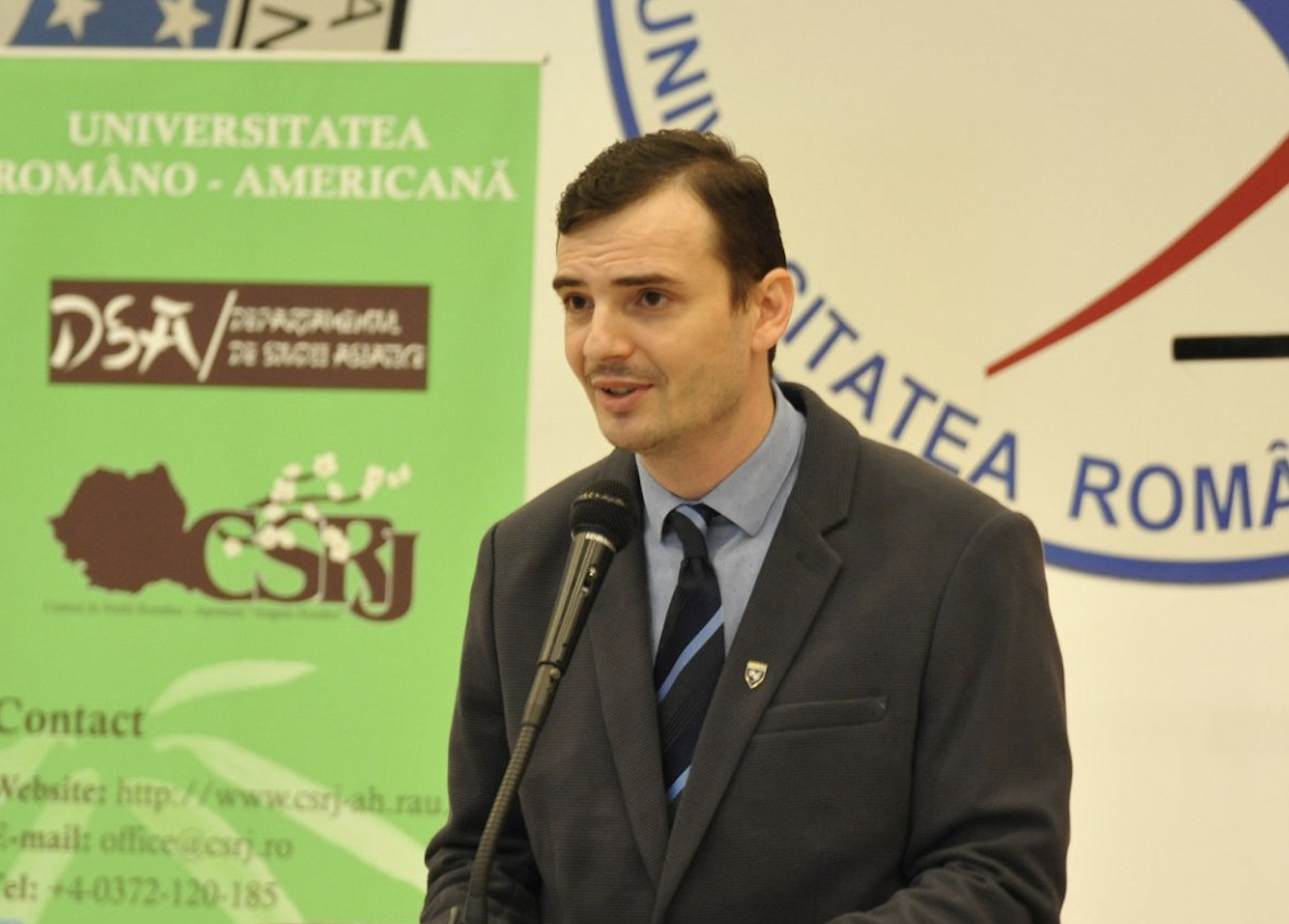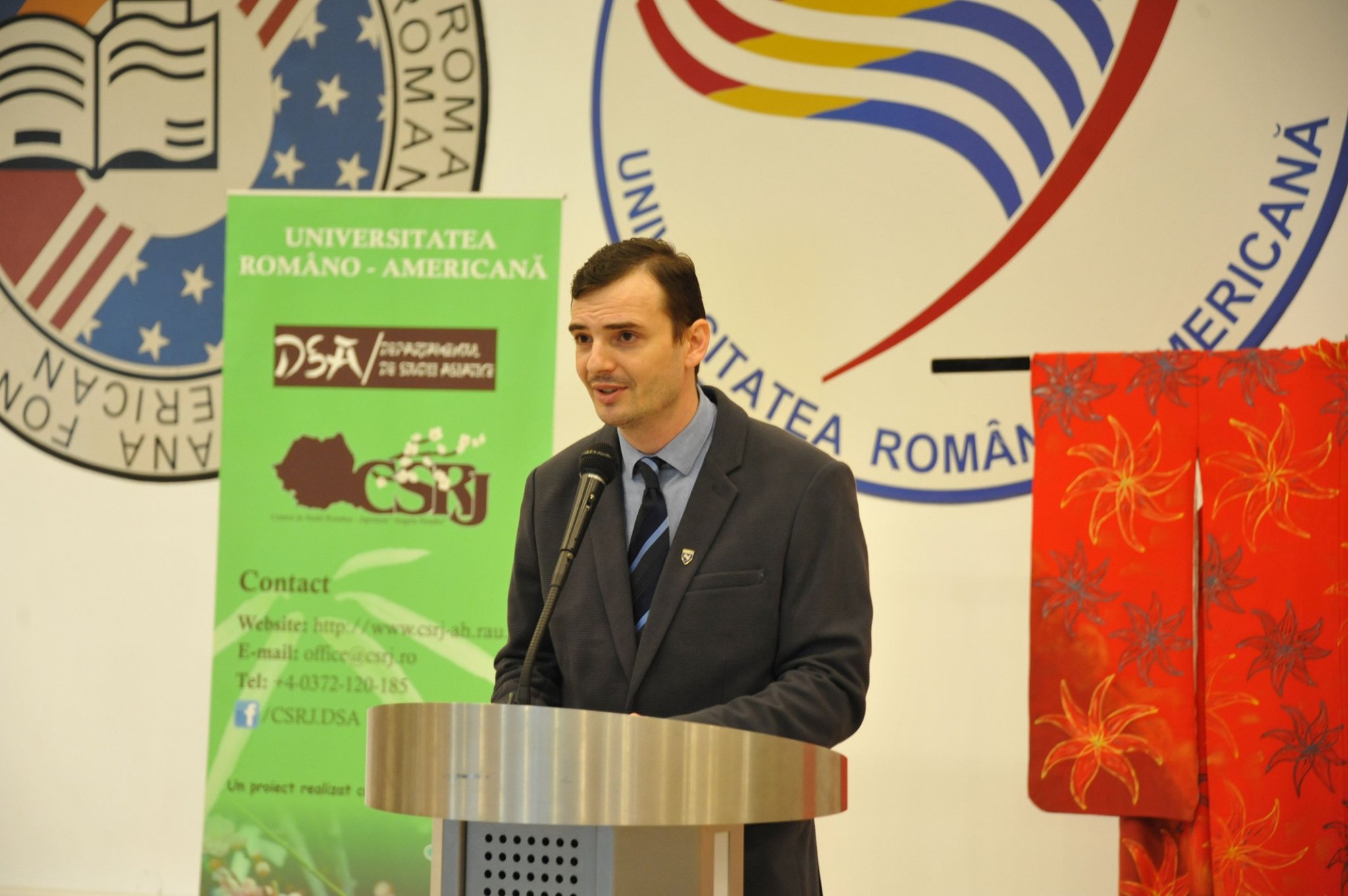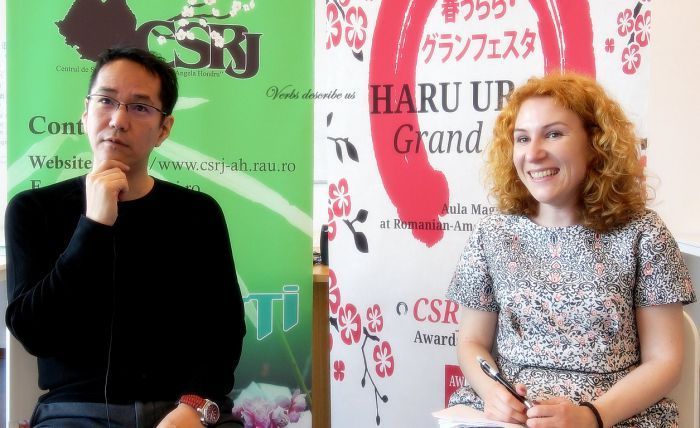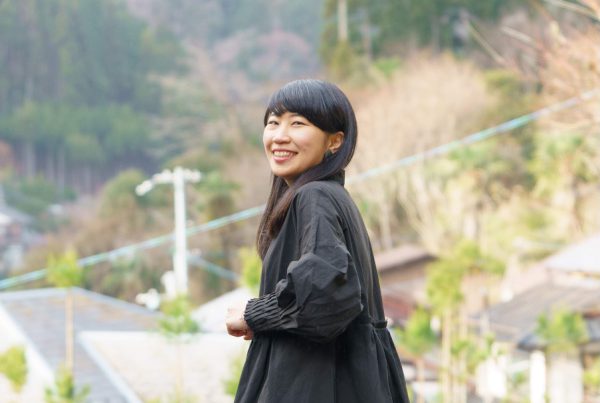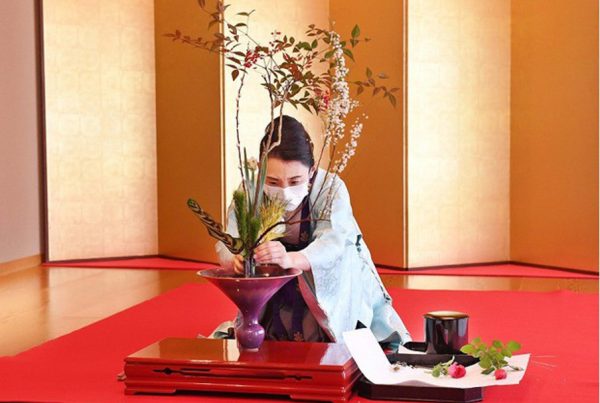Fifteen years ago, Romania, a country situated at the crossroads of Central, Eastern, and Southeastern Europe, was on its road to development. Back then, a large percentage of its imports and exports were related to the European Union.
To Serban Georgescu, who was teaching business and economics and was working for the Department of European Studies at Romanian American University, this was quite a risky situation for the country. At the same time, the international exchanges with Japan and the Far East were meager. Serban realized that this could also be an untapped opportunity.
Serban set a vision and proposed a program that allows future leaders who are exposed to Japanese language, culture, diplomacy, economy, international business and management, to be groomed in Romania. Thus, the birth of the Department of Asian Studies at Romanian-American University (RAU).
“We started with 30 students. And this was the first center of its kind in Romania with students from IT, international business and international tourism that were studying Japanese language.”
“Back then,” he recalls, “our goal was to groom more specialists that can both specialize in diplomacy, economy, and understanding of the Japanese culture and language.”
The space and experience design
“The first question that we had to answer was how to design a space that provides a truly unique Japanese experience. We wanted a space that is both educational and immersive. So we looked for artifacts, symbols, and activities that can represent and will allow our students to get closer to Japanese culture.”
“We started with a few ones. First, we chose two rooms that are adjacent to each other, both centrally located, and get the most foot traffic. We transformed the first one into a traditional Japanese tatami-style room. Because of its huge windows, the room has an open feel and exudes an atmosphere that is inviting and relaxing while being flexible enough to conduct various activities,” he narrates.
The tatami room at Romanian American University. Photo credit: Romanian-Japanese Studies Center (RAU)
“To create the experience,” Serban continues, “we invited students who have lived in Japan and studied Japanese culture to share their knowledge and expertise.”
“They give lessons on activities such as shodo or the artistic Japanese calligraphy, chado or the Japanese tea ceremony, ikebana or the Japanese art of flower arrangement, and wadaiko or Japanese taiko drumming. We work with these volunteers to make the sessions informative by explaining the rich, historical context behind these Japanese traditions,” he adds.
Serban and his team make the experience memorable by allowing participants to try the activities themselves.
“Definitely, that was very critical when we conceptualized the project. Our goal is to make the participants get better immersed with the culture and closer to the Japanese traditional mentality such as respect for hierarchy, being self-disciplined, and so on. And we hope they gain all of this with confidence,” he stresses.
Whether inside or outside the tatami room, Serban creates different avenues to expose students to the Japanese experience. Photo credit: Romanian-Japanese Studies Center (RAU)
Keeping up with today’s trends
Serban knows that interests in Japan range from the traditional to contemporary. In addition to traditional Japanese culture, geography, and history, his team also included collections of manga which is at the heart of Japanese pop culture.
“You know, in our main office, we have a large library with many, many books related to Japanese manga series. We have Bleach, One Piece, Naruto, and many others,” he shares.
For participants to have a deeper understanding and further appreciation of manga, Serban also invited artists from Japan to present workshops.
Kenji Kamiyama, director of the animated series, Ghost in the Shell, is one of the big names in the anime industry who came to present at the University.
Kenji Kamiyama during his visit at Romanian-American University. Photo credit: Judy Florescu
“We were quite lucky in the last years to have these artists coming from Japan to present these workshops themselves and in person. It was very, very interesting for our students to witness a lecture on how to design a manga and the overall creativity that goes behind it,” recalls Serban.
“Besides traditional and pop culture, we also organize courses and talks about innovation and business environment. We had several very important guests coming from Japan, like Tetsuya Kaida, one of the brilliant minds behind revolutionary concepts at Toyota Motor Corporation, Saburo Kobayashi, former general manager and the man behind the airbag in every Honda cars,” adds Serban.
Expanding the space and meeting the bigger picture
“Through all these activities, we prepare our students for our main objective, which is of course, to introduce them opportunities for internships and exchanges. Our students range from those who study IT Management, International Tourism or International Business and are also studying the Japanese language,” Serban shares.
“The exposure to Japanese culture and experience is created in this room. But we also expand out of this to give students a broader perspective,” he adds.
In fact, Serban’s team organizes annual trips to Japan where students live as regular Japanese for two weeks:
“We give students the experience to sleep in a ryokan or Japanese inn and in a futon or traditional Japanese bedding laid on a tatamiflooring. We eat at izakaya or Japanese informal bars. And we also visit our Japanese partner companies like Toyota, JT, IBM, and partner universities such as Nagaoka University of Technology, International Pacific University, and GLOBIS University. We want our students to understand what it feels to live, work, or study in Japan.”
The students of Romanian-American University during one of their trips in Japan. Photo credit: Romanian-Japanese Studies Center (RAU)
Recent successes from this initiative include Denis Gheorghe, a student at RAU that has been selected to work for a Japanese IT company in Tokyo and an interview about his selection being broadcasted by media company NHK, and Alex Dudescu, who completed an exchange program at Nagaoka University of Technology and an internship at Laguna Garden Hotel in Okinawa, Japan.
Strengthening the partnerships with Japan
In September 2019, the Romanian-American University, arranged the first student exchange program with the Nagaoka University of Technology.
“Indeed, Yuki Kokai, was the first one to come to our university. And he studied here for one semester which includes an internship at UiPath, which is the most well-known Romanian company from an IT area.
Serban during the signing of the agreement between Romanian-American University and Nagaoka University of Technology. Photo credit: Romanian-Japanese Studies Center (RAU)
For Serban, bringing international students from Japan is also an opportunity to talk about how Romania has changed since the 1990s. Today, Romania is one of the most powerful IT hubs in Central and Eastern Europe and the 6th country in the world in terms of number of IT certifications per capita, more than Germany or the UK have.
“Now an EU member country, Romania has been developing quite rapidly with tech companies such as UiPath developing rapidly in the last years, and computer security company like BitDefender becoming more global,” he shares.
”“It is important to establish collaborations with big names like these. We have also collaborated in the last years with Japanese companies like JTI, Toyota, Honda, Asahi, Makita, Takeda, among others.”
Serban GeorgescuHead, Department of Asian Studies (RAU)
“We continue to leverage these partnerships so students coming from Japan are not only exposed to the big Japanese companies that have headquarters in Romania, but also with international travel agencies, and other big clients as well,” he adds.
Prior to COVID, Serban and his team has been working on the possibility of joint projects or internships both in Bucharest and Cluj to give students a wider Romanian experience. “These are two of the biggest cities in Romania, that are active, and have vibrant business environment, providing lots of opportunities for our students,” he adds setting a vision for the future.
“We highly encourage students to be part of this experience, whether they are from Romania or Japan. An international experience exposes you to wider network, new friends and connections, different cultures, new sources of inspiration, expanded career prospects, and personal growth. It is definitely an advantage that can boost one’s career in the future,” he concludes.

